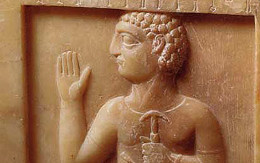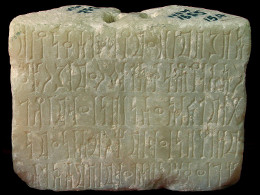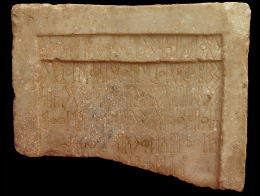
Corpus of Qatabanic Inscriptions
The Corpus of Qatabanic inscriptions comprises in total more than 1,800 texts. It has been divided into three linguistic varieties: beside the inscriptions of the Central Qatabanic, the two small corpora of Marginal Qatabanic and Awsanite inscriptions has been created, because these documentations show several linguistic and cultural features that distinguish them from the Qatabanic language of the mainland.
CORPORA BY LANGUAGE

Corpus of Awsanite Inscriptions
The Awsanite corpus is a small epigraphic collection comprising some 30 inscriptions. They come from the region of the Awsan kingdom, located around the wādī Marḫa.
Corpus of Central Qatabanic Inscriptions
This collection includes more than 1,700 inscriptions which represent the documentation on the history of the Qataban kingdom from the 7th century BC to the 2nd century AD. The two main cities of the Qatabanian reign, Timnaʿ and Ḥinu az-Zurayr, can be found in the two valleys of wādī Bayḥān and wādī Ḥarīb. Like other South Arabian corpora, Qatabanic documentation is very discontinuous and is concentrated in certain periods and under certain kings.